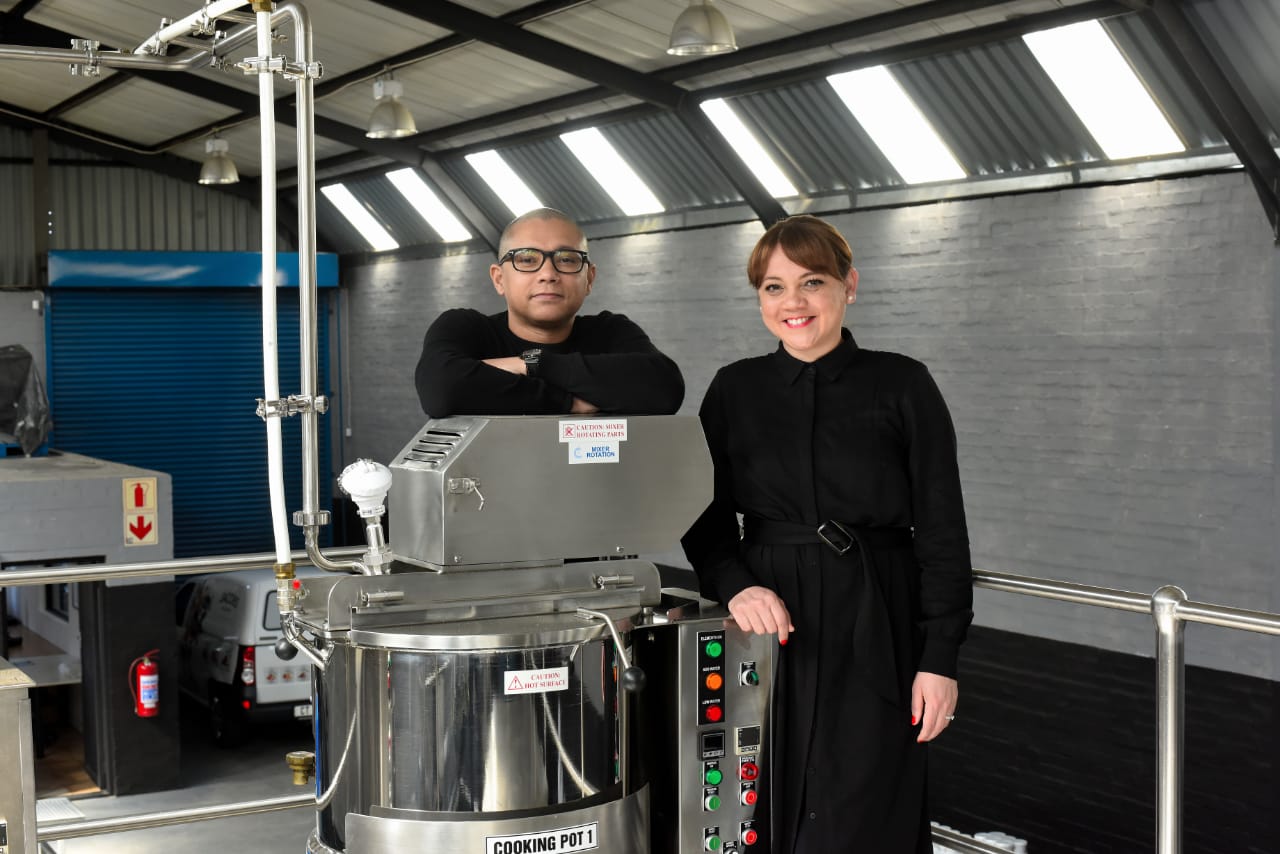
In the dynamic world of retail, understanding the evolving nature of the consumer journey is paramount. With increasing technological advancements and rising customer expectations, retailers need to be agile and responsive, ensuring their customers can seamlessly navigate an unlimited array of shopping experiences.
To cater to this demand, unified commerce platforms are stepping up, offering solutions that not only enhance customer experience but also help retailers effectively manage their operations. In South Africa, where intermittent power supply often means people have to be tactical shoppers, understanding local nuances of using world-class international solutions become crucial. For instance, local retail customers often have to alter their shopping habits to ‘follow the power’.
Peter Ludi, MD Solutions at redPanda Software, a retail software development specialist based in Cape Town, emphasises the importance of customer experience and the brand promise. “The narrative has shifted from just technical proficiency to a consumer-centric focus. Today it is less about the technology, and more about the customer experience and the brand promise,” he shares.
Simplifying order management
The role of an effective order management system (OMS) in this context becomes more important. It provides transparency on where and how fulfilment will occur, guiding retail stores on order fulfilment. “This maximises the route to fulfilment as cost-effectively as possible, effectively converting stores into distribution centres for retail customers,” says Keith Dipple, sales director for connected commerce at Planet, a payment solutions provider and developer of the Unified Commerce OMS.
A Unified Commerce platform is designed to make the shopping journey effortless for customers. By providing accurate order promises, the solution reduces stock-outs, incomplete orders, and cancellations. “The goal with an OMS is to facilitate seamless shopping journeys, driving higher shopper frequency,” says Dipple. The system manages the whole order lifecycle and ensures proactive customer communications, leading to a consistently high completion rate, and allowing retailers to fulfil their order promise consistently.
Winning with inventory visibility
Another key consideration for retailers is the visibility that a UC platform provides across the whole retail estate; both in-store and online. This ensures retailers have access to a near real-time, unified view of their inventory, irrespective of location. “The UC platform enables our retail clients to offer their products from anywhere to anywhere, making it easy for customers to get what they want, where they want – whilst controlling the associated costs,” adds Dipple. This ability to promise and deliver is key to making shopping easy – a massive driver for customer loyalty in the retail space.
Furthermore, the mixed basket provision provides even greater customer convenience – saving shopping time and increasing conversion – where multiple products can be fulfilled in different ways, all in a single transaction. “We see significant uptake in mixed basket shopping, particularly at peak periods, when customers have a number of items on their list that need ticking off in one simple shopping visit”, concludes Dipple.
“This solution is a key part of customer retention. It is about creating a simple architecture that is integrated into the value chain of the retailer,” adds Ludi.
Resilience and competitive advantage
In a dynamic retail environment, managing resilience becomes crucial. “To provide an accurate product promise to a customer, the inventory data needs to be unified and in near real-time. This is always aggregated in the cloud, to ensure a true, centralised master of stock data,” Dipple explains. He further adds that a distinct route to retailing competitive edge lies in the customer experience delivered when the OMS is seamlessly integrated with other solutions, such as a POS.
Retailers using a Unified Commerce platform have seen conversion rates double in many cases, with the introduction of the endless aisle concept resulting in a revenue boost of approximately 20%. “On average, through Planet’s OMS, 40% of orders are now being fulfilled from stores, increasing up to 50% in certain scenarios,” adds Dipple.
In a world where the consumer is king, the marriage between innovative technology solutions and nuanced local understanding provided by partners presents a promising roadmap for retail success. Their collaborative effort illustrates the potential when global innovation meets local resilience and understanding, thereby fostering retail success.
An example of how this strengthens the South African retail experience can be found in the recent partnership between redPanda Software and Planet. This partnership is grounded in a shared commitment to delivering customer-centric solutions that reduce friction, enhance the shopping experience, and drive increased shopper frequency.
About redPanda Software:
redPanda Software is an enterprise retail software developer, providing highly customised software solutions to leading retailers around the world. Through the development of long-term partnerships based on trust, transparency and specialist experience, the company delivers enduring, quality software that enables forward-thinking retailers to achieve their growth objectives.
redPanda Software’s unique partnership approach begins internally, with bold investment into internal talent development that propels a sustainable growth cycle. This growth cycle enables the company to provide advanced technical expertise to future-focused retailers, and to partner with best-of-breed solutions providers in key areas such as Point of Sale solutions (PoS), last-mile delivery and digital transformation journeys. With a management team comprised of individuals with decades of specialist retail experience, redPanda Software has become the go-to software solutions provider for both local and global retailers.
For more information on redPanda Software, visit www.redpandasoftware.com


